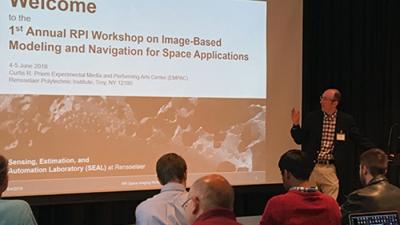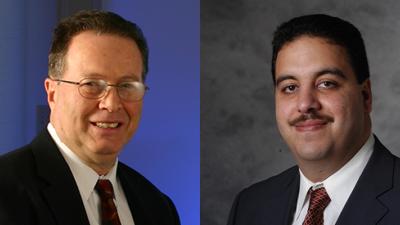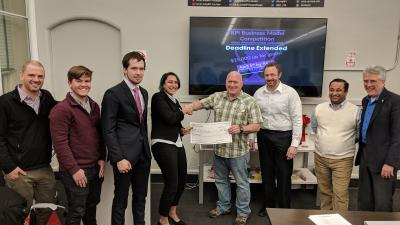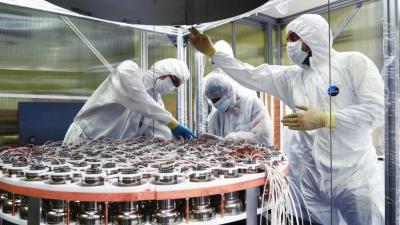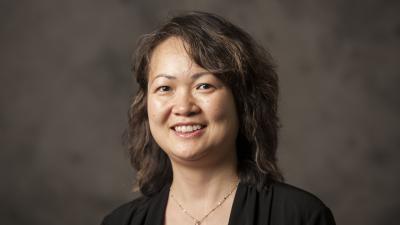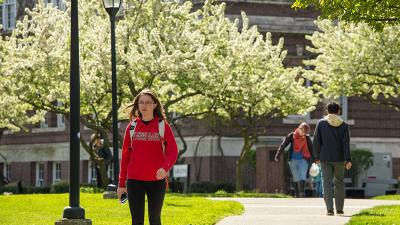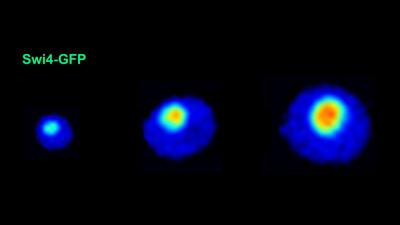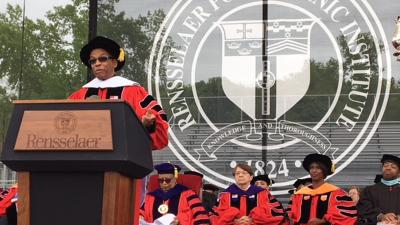Rensselaer Professor Emily Liu Receives $1.8 Million DoE Award for Solar Power Systems Research
Li (Emily) Liu, associate professor of nuclear engineering and engineering physics in the Department of Mechanical, Aerospace, and Nuclear Engineering at Rensselaer Polytechnic Institute, has been selected by the U.S. Department of Energy Solar Energy Technologies Office (SETO) to receive a $1.8 million award to study high-temperature molten-salt properties and corrosion mechanisms. This award is part of a $72 million funding program to advance concentrating solar power (CSP) research, a power plant technology that could reduce the cost of solar energy.

